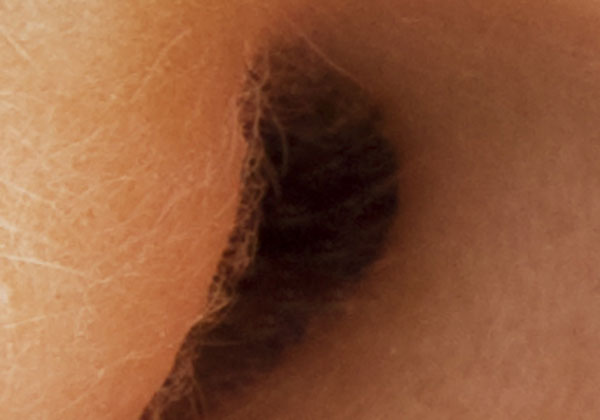What the Heck Is This?

If you find this one hard to identify, here's an offbeat hint:
This thing you are looking at evolved from fish gills.
What is it? The close-up shows the exterior of the ear canal. See the full size image below, and read on for some really interesting ear facts …
Did you know most people prefer using their right ear to listen?
Here's a good party trick: Try listening to one voice among many in a room. Scientists say our auditory cortex is pretty good at sorting them out and focusing on just one.
Did you know that most East Asians have dry earwax, but most people of African or European descent have wet earwax?
Now for the Gross Fact of the Day: If your ear is full of wax, don't remove it. Scientists say it should stay.
Get the world’s most fascinating discoveries delivered straight to your inbox.
What about that fishy hint? When researchers studied ear bones of a close cousin of the first land animals, a 370-million-year-old fossil fish called Panderichthys, they were able to trace (along with other evidence) the development of our ear bones and the cavity that is the inner ear clear back to fish.
Got a strange or interesting photo related to science, nature or technology? What the Heck, send it to me and maybe I'll use it. And you follow me on Twitter or Facebook.
Robert is an independent health and science journalist and writer based in Phoenix, Arizona. He is a former editor-in-chief of Live Science with over 20 years of experience as a reporter and editor. He has worked on websites such as Space.com and Tom's Guide, and is a contributor on Medium, covering how we age and how to optimize the mind and body through time. He has a journalism degree from Humboldt State University in California.




